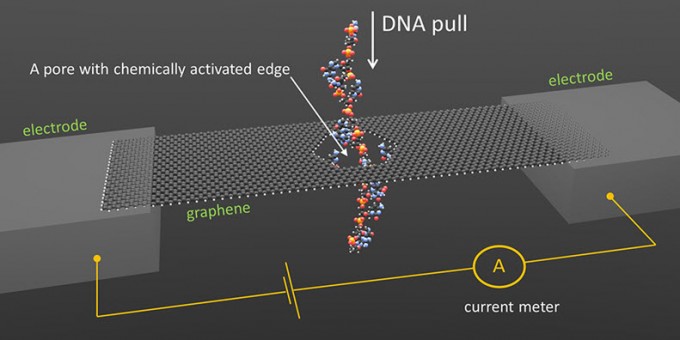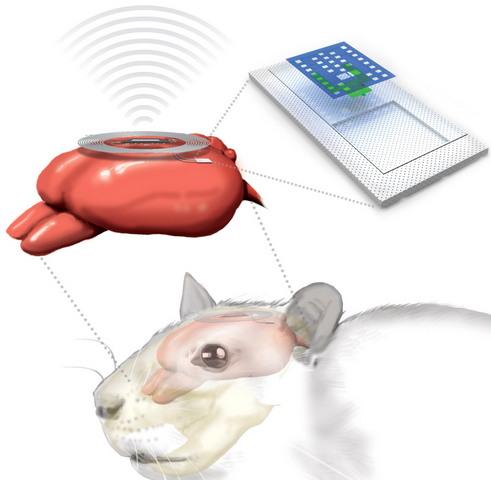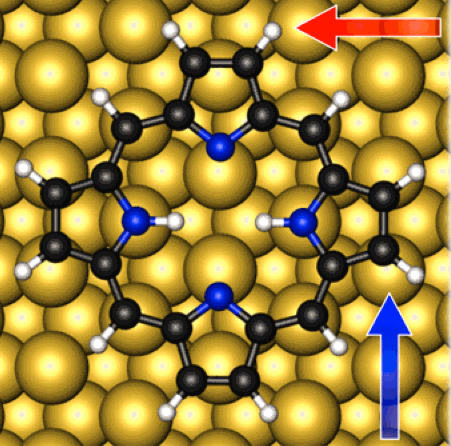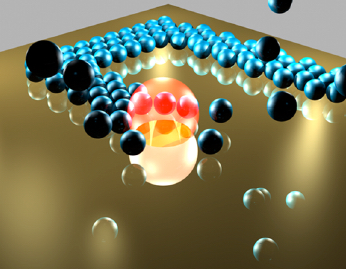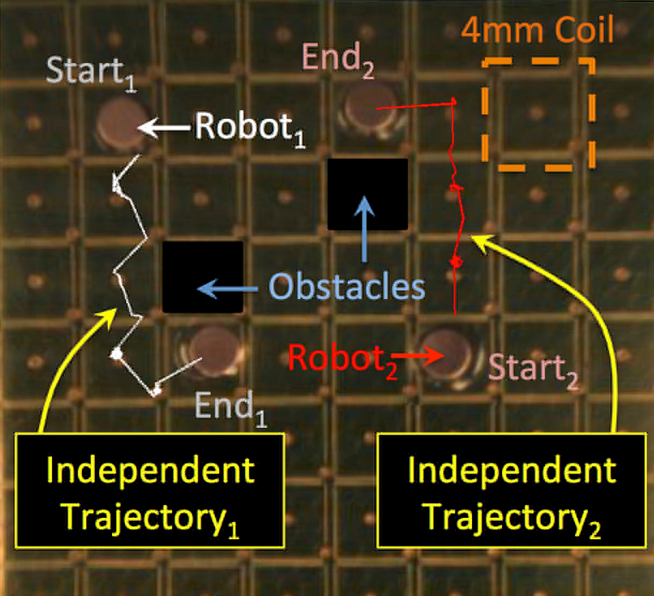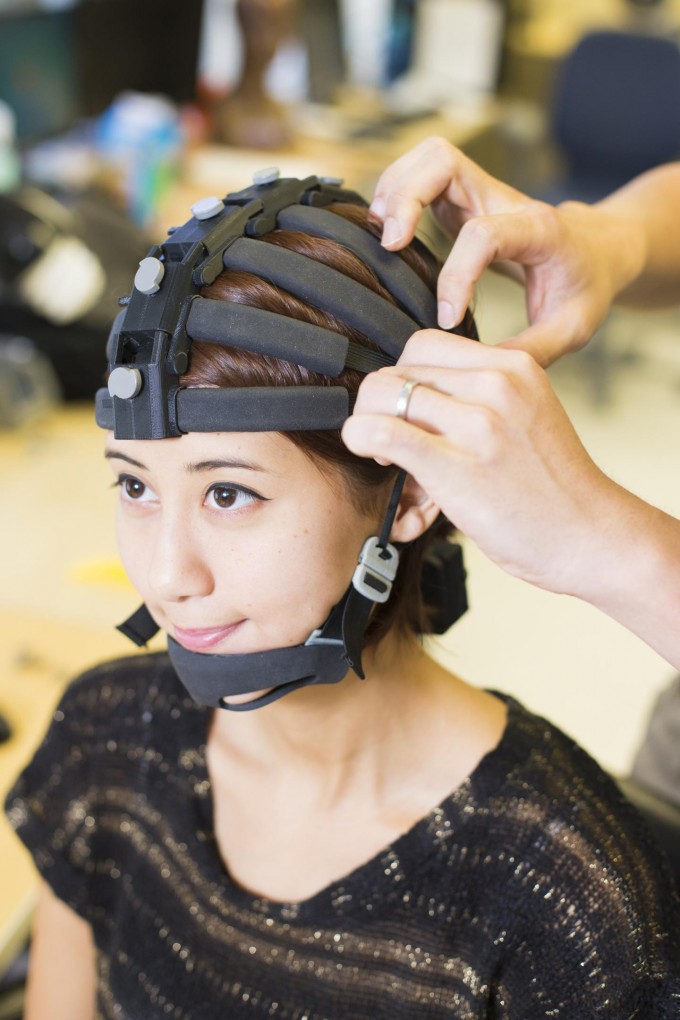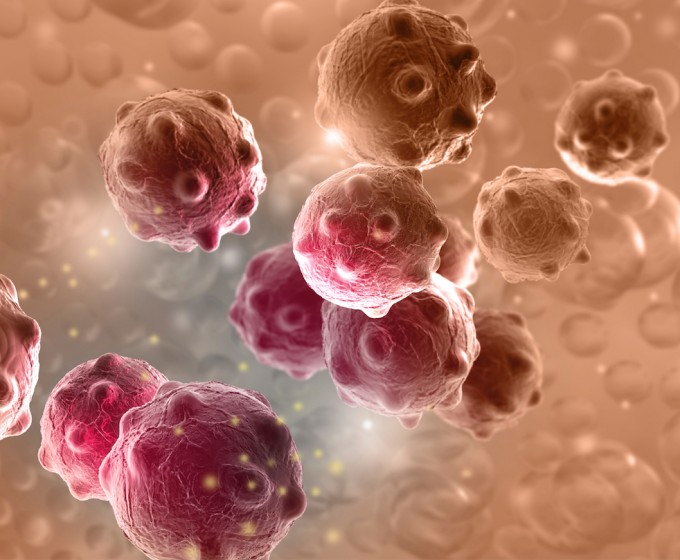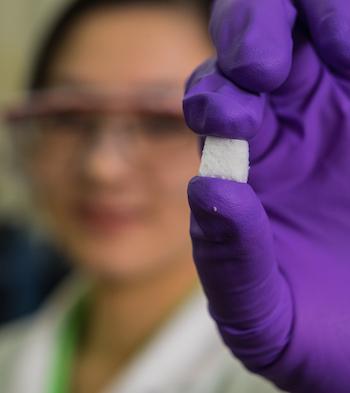Tiny electronic implants monitor brain injury, then melt away
Eliminate the need for additional surgery to remove monitors and reduce risk of infection and hemorrhage
‘Bubble pen’ can precisely write patterns with nanoparticles as small as 1 nanometer
Allows for more easily building tiny machines, biomedical sensors, optical computers, solar panels, and other devices — no complex clean room required; portable version planned
Microbots individually controlled using magnetic fields
Possible uses include additive manufacturing, cell sorting, cell manipulation, and cancer cell detection
UCSD spinoffs create lab-quality portable 64-channel BCI headset
Dry electrodes and Bluetooth take the EEG lab to the street, with NSF, DARPA, and Army funding
Self-adaptive material heals itself, stays tough
May be a useful biocompatible material for tissue engineering or a lightweight, defect-tolerant structural component

